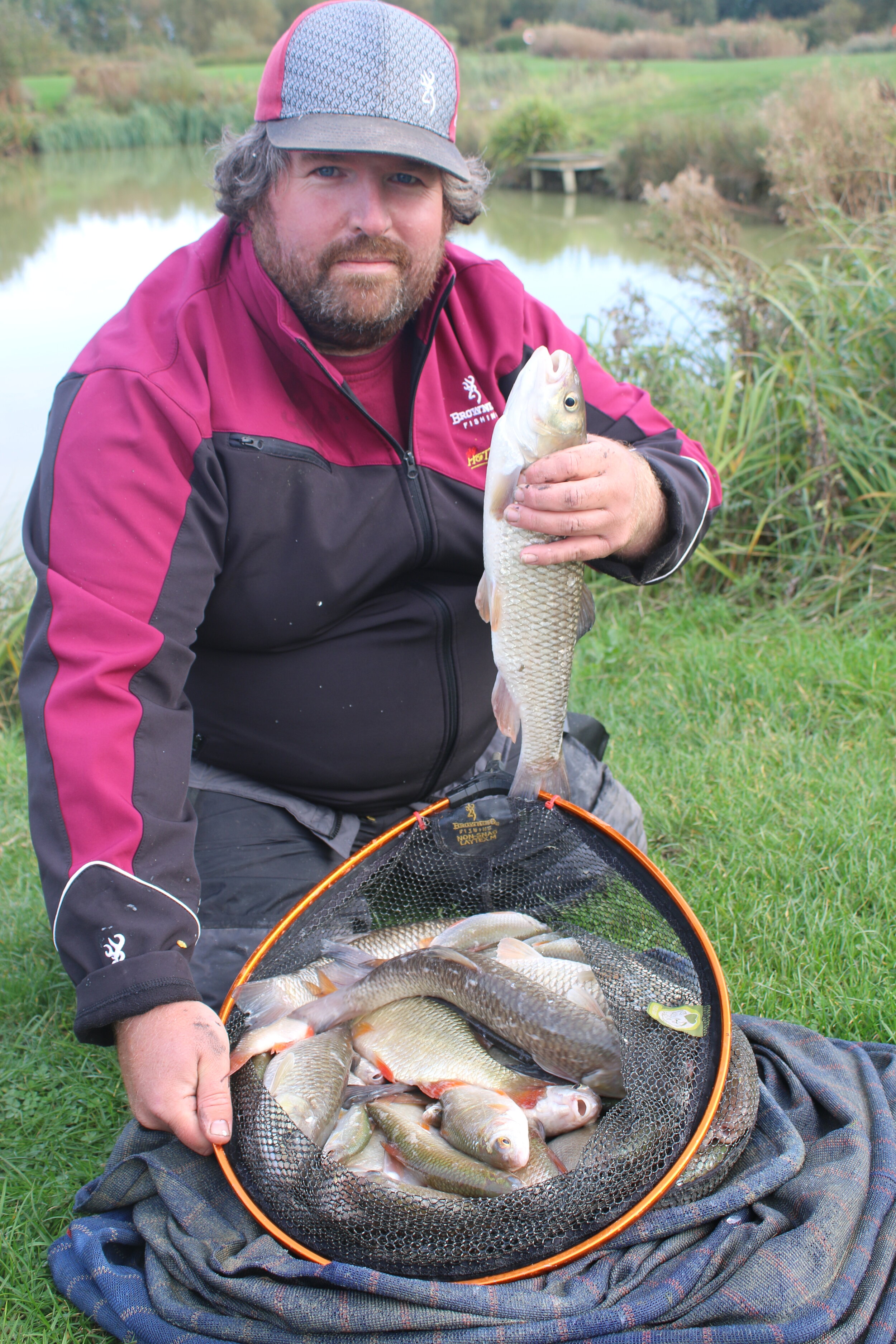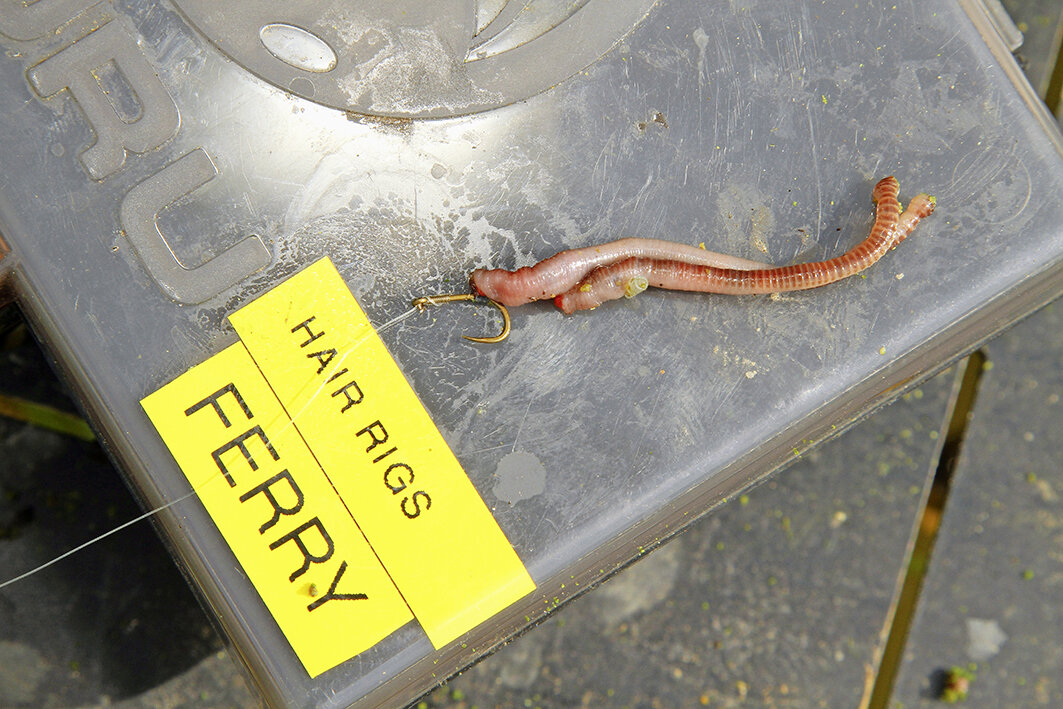6 ways to catch in the cold
1) Stand out from the crowd
When the first cold-snap hits, fish in commercials can suddenly switch off until the temperature stabilises.
During this time, getting fish to feed can be tricky, but making your bait stand out is a big edge. Of course, too big a portion of food can be off-putting, so small, visible and potent is the key.
A brilliant way to achieve this is to use crushed bright-coloured boilies in a PVA bag. Some ground-down yellow Pineapple Mainline Baits portions dampened with sweet Cell Sticky Syrup creates a strong-smelling, brightly coloured little area of attraction on the bottom, with your hookbait right next to it. Carp passing by won’t be able to resist such a vivid little trap.
2) Pin it to the deck
A short fluorocarbon leader at the terminal end of your winter leger rig can make a big difference in cold and clear water when wise fish are the target. Fluorocarbon is almost invisible in water, and also very heavy, so it’s bound to lay hard on the bottom.
When fish move over your rig, they won’t bump into the usual line protruding off the bottom and spook out of the swim. A leader of just three or four feet of 0.30mm fluorocarbon will do the trick perfectly. Simply loop-to-loop connect the leader to the mainline, with your chosen leger or feeder rig tied on the fluorocarbon as normal.
3) Move to natural baits
After a summer of eating typical commercial baits, thinking outside the box in terms of hookbaits is another way to fool winter commercial fish. Presenting multiple maggots in a bait band when legering is a lethal little trick for big carp!
This is a hookbait that big fish on commercials rarely see, and is often unusual enough to tempt them into picking it up.
You will also find that fish take natural baits confidently, so if you’re only getting a few pulls in a session you can be sure that a switch to a soft, natural bait will bring more positive bites.
4) Read the signs
Just because you’re legering doesn’t mean that you can’t read the swim properly. Slow-moving winter fish often give themselves away by causing line bites, which can be small, slow movements on the tip.
These aren’t always like the big, steady liners you get in the summer, so it’s vital to have your rod correctly set with front and back rests so you can ‘read’ the tip positioned just off the water.
If you find yourself sitting for long spells with no indications, it’s worth casting around to try and fish the fish.
If you’re getting liners but not proper bites, the shoal is likely to be closer to you, so dropping shorter may just catch you those extra fish.
5) Use lighter bombs
In cold water, fish can be very spooky, so staying as quiet as possible on the bank and when casting will stop them spooking away from you.
A lighter, smaller and more discreet bomb or feeder can make all the difference, cast and feathered into the swim as quietly as possible.
A tiny 10g lead makes just a small ‘plop’ on entering the water. Smaller leads are also less visible on the bottom and won’t frighten the fish.
If you’re casting regularly to try and find the fish, think mini and light!
6) take care with your feed…
Giving the fish the right amount of bait is essential. The difference between feeding 100 pellets and 50 pellets can make all the difference between a good and a bad day’s fishing.
Finding the right amount of feed to place in a PVA bag, or the right size of Pellet Cone to use, is most important.
If you were fishing the pole, you’d be happy to change between a large and a small pole pot, so why should it be different on rod and line?
Measure out your feed amounts and, if you’re not getting bites, ring the changes to try and discover what the fish want on any given day.
















